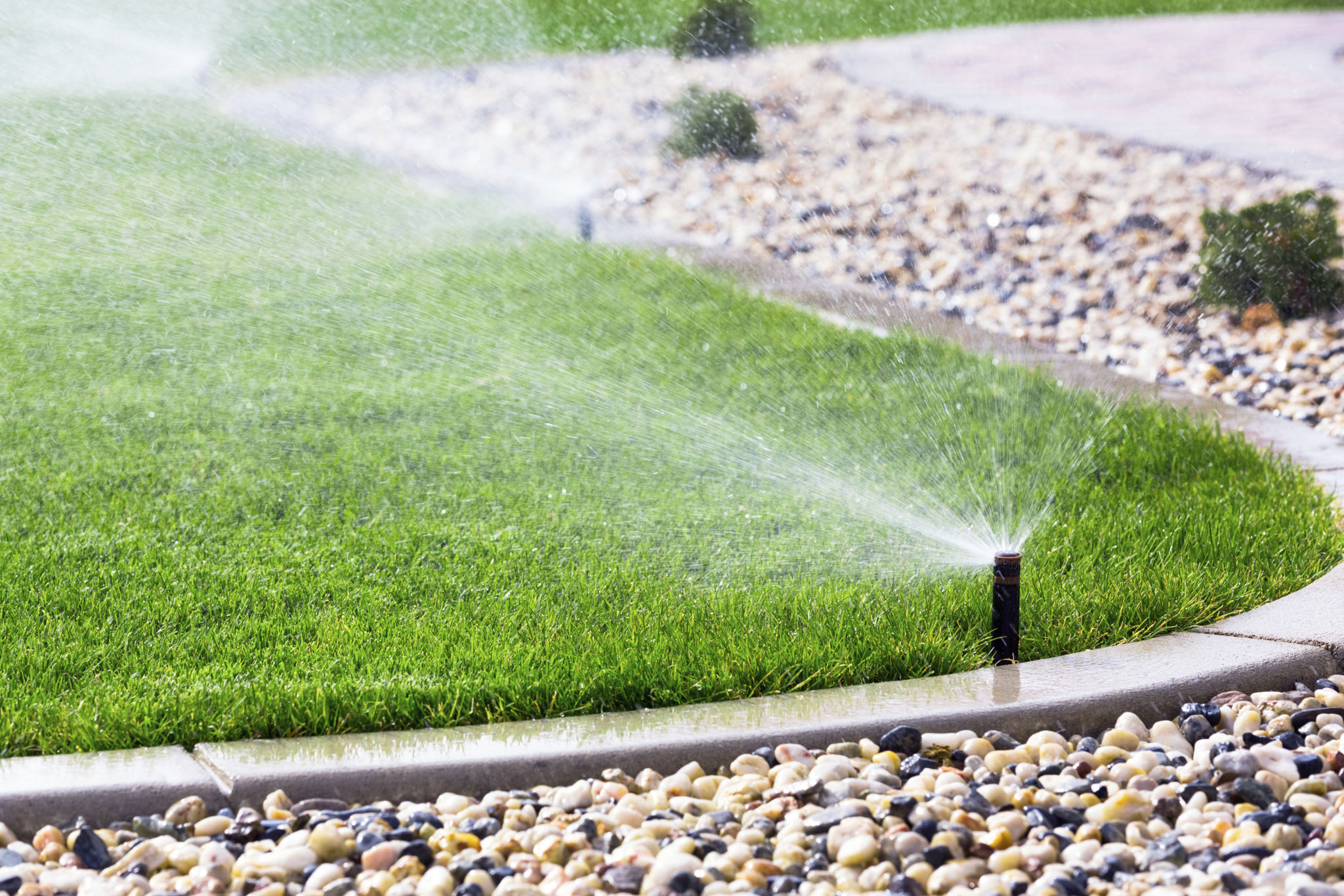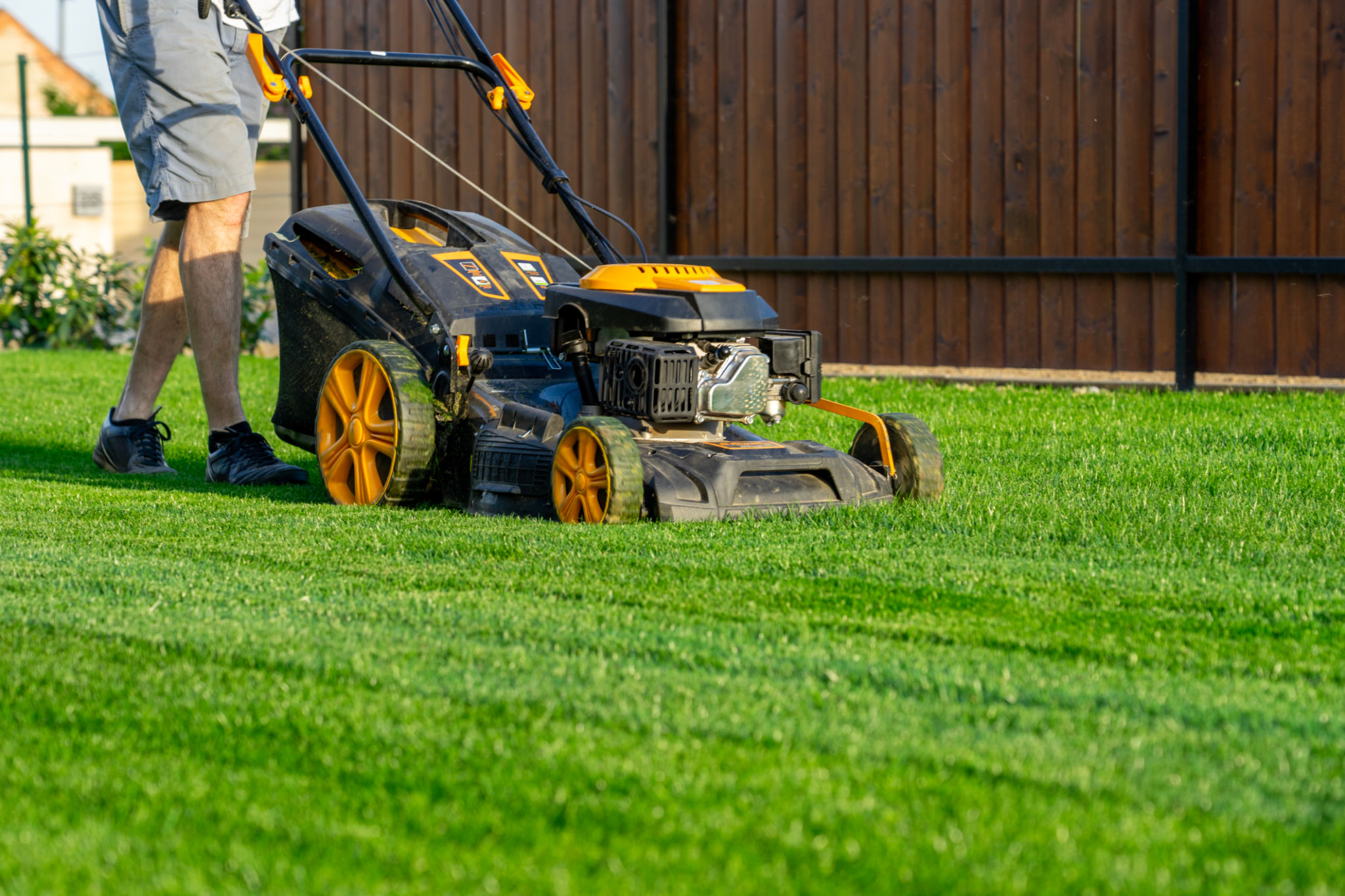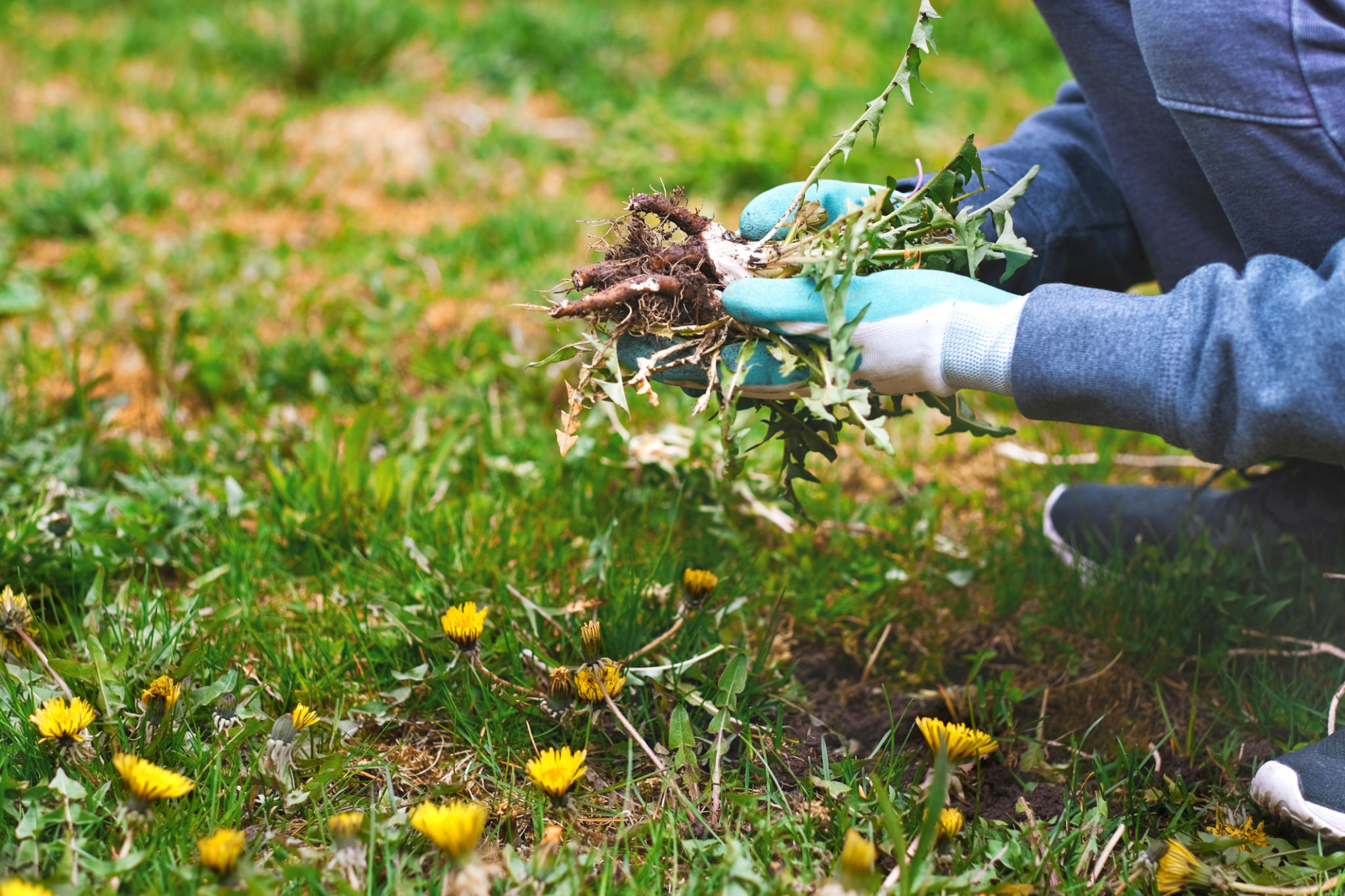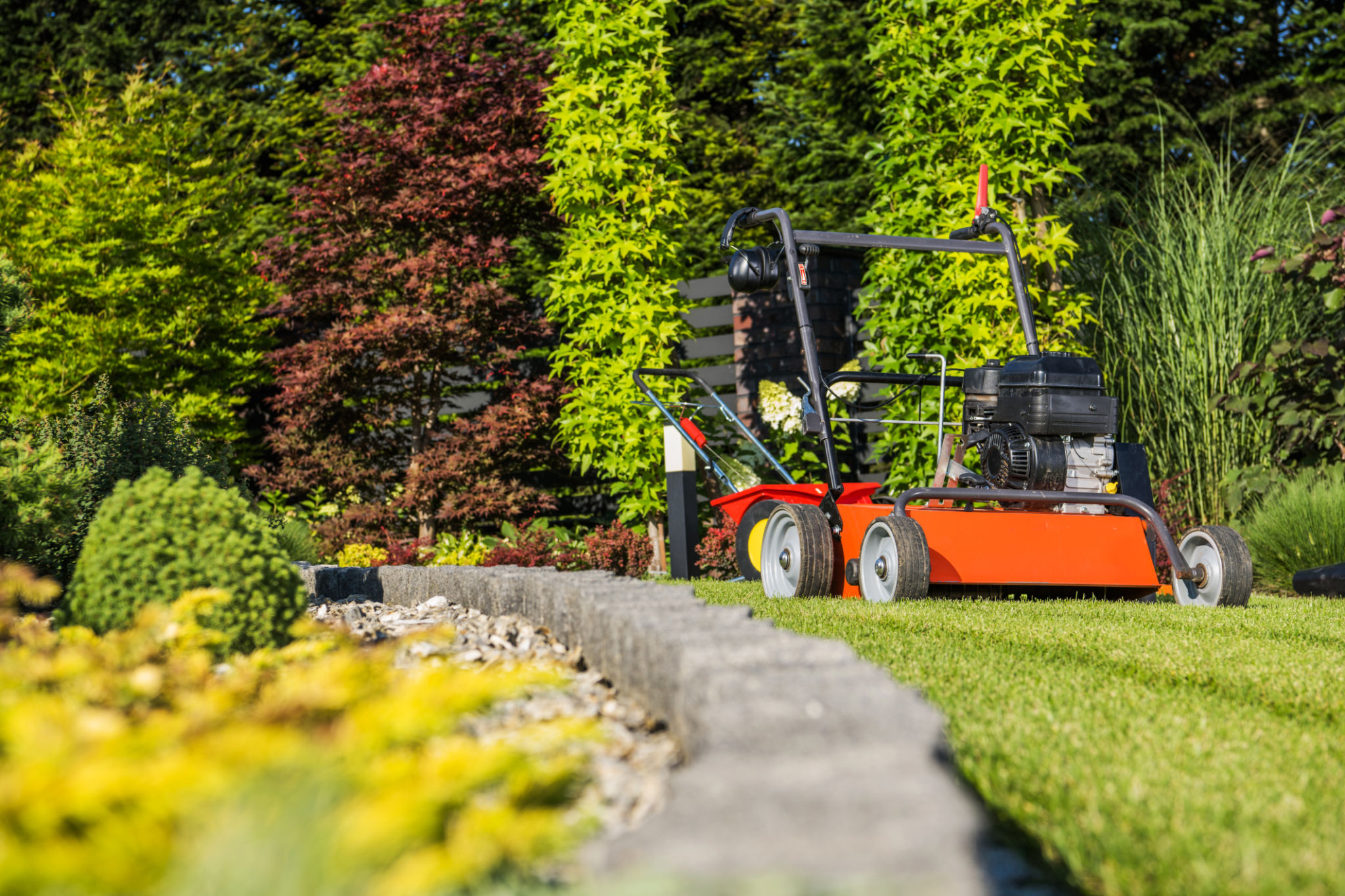How to Achieve a Perfect Lawn: DIY Tips from Austin’s Lawn Care Experts
Understanding Your Lawn's Needs
Creating a lush, green lawn is an aspiration for many homeowners, and it all begins with understanding the specific needs of your grass type and soil. The climate in Austin provides a unique set of conditions that require special consideration. The first step is to identify your grass type, whether it's Bermuda, St. Augustine, or Zoysia, as each has different care requirements. Testing your soil for pH levels and nutrient content can also provide valuable insights.
Once you have this foundational knowledge, it's easier to tailor a maintenance plan that ensures your lawn thrives. This involves choosing the right fertilizer and determining the appropriate watering schedule. An understanding of local weather patterns is also crucial for effective lawn care.

Watering Wisely
Austin's climate can be quite dry, making efficient watering techniques essential for maintaining a healthy lawn. It's important to water deeply but infrequently to encourage deep root growth. Ideally, you should water early in the morning when evaporation rates are lower. A good rule of thumb is to ensure your lawn receives about one inch of water per week.
Consider using smart irrigation systems that adjust watering schedules based on weather conditions. This not only conserves water but also ensures your lawn gets just what it needs without overwatering.

Mowing Techniques
Mowing is more than just keeping your grass at a manageable height; it's a critical aspect of lawn health. Aim to mow frequently enough that you're never cutting more than one-third of the grass blade at a time. This practice reduces stress on your lawn and helps maintain its lush appearance.
Using sharp blades is essential to avoid tearing the grass, which can lead to disease and pest issues. Additionally, consider varying your mowing pattern each time to prevent soil compaction and ensure even growth.

Feeding and Fertilizing
Fertilizing your lawn provides essential nutrients that promote growth and color. In Austin, it's best to fertilize at least twice a year—once in the spring and once in the fall. Choose a fertilizer suited to your grass type and follow the recommended application rates to avoid over-fertilization, which can damage your lawn.
Organic options are increasingly popular as they improve soil structure and health without the use of harsh chemicals. Consider using compost or organic fertilizers for a more sustainable approach to lawn care.
Pest and Weed Control
A healthy lawn is less susceptible to pests and weeds, but sometimes additional measures are necessary. Regularly inspect your lawn for signs of insect damage or weed growth. Implementing integrated pest management strategies can help control pests with minimal environmental impact.

For weed control, pre-emergent herbicides can prevent weeds from germinating, while post-emergent options tackle existing problems. Always follow product instructions carefully to protect your lawn and the surrounding environment.
Aerating and Overseeding
Aeration is the process of perforating the soil with small holes to allow air, water, and nutrients to penetrate the grass roots. This process helps alleviate soil compaction and promotes stronger root systems. In Austin, aerating once a year in the fall or spring can be highly beneficial.
Overseeding involves spreading grass seed over your existing lawn to fill in bare spots and improve density. This is particularly useful in areas that receive heavy foot traffic or experience drought stress.

Seasonal Lawn Care Tips
Each season presents its own set of challenges and opportunities for lawn care. In spring, focus on cleaning up debris and kickstarting growth with fertilizers. Summer requires diligent watering and pest management, while fall is ideal for overseeding and aeration.
Winter may seem like a time to relax, but keeping foot traffic to a minimum can prevent stress on dormant grasses. Adjusting your care routine with the seasons ensures your lawn remains healthy year-round.
